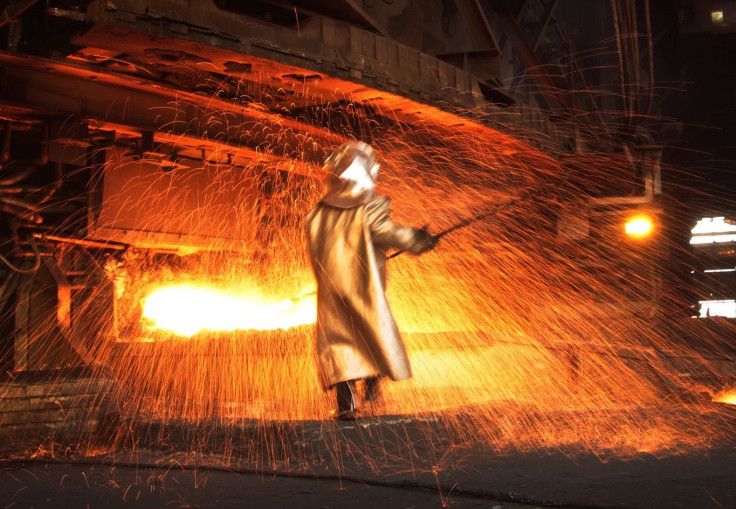Mining Companies Find More Nickel In Australia

Two Australian mining companies are pushing forward with developments in new deposits with an abundance of nickel and other minerals. IronRidge Resources pushed through with an initial drilling program in its Quaggy nickel-copper deposit, while White Cliff Minerals marked positive notes with the company’s research in its Merolia Nickel Project.
IronRidge Resources, a minerals exploration company with headquarters in Brisbane, commenced its drilling program in Queensland. According to a report by Proactive investors, the drilling will focus on the geochemical and geophysical anomalies that were identified in earlier research. Geologists studied the Quaggy nickel-copper deposit and carried out detailed soil sampling. The soil samples identified copper, nickel, cobalt and platinum in the company’s target area.
The discovery of the minerals’ presence in the one-kilometre target area had anomalies, or identified items, like those in Sirius Resources’ Nova Project located in Western Australia. Nova Project is estimated to hold 10.2 million tonnes containing 2.4 percent nickel, 1 percent copper and 0.08 percent cobalt.
Vincent Mascolo, IronRidge’s chief executive, said the new asset could be a valuable nickel project. Mascolo reiterates the company’s main focus on the two deposits in Tchibanga and Belinga Sud in Gabon.
“Although our licenses in Gabon remain a focus of the company, we are delighted to progress our portfolio with this exciting asset in Australia. The indications are all positive at this stage and we hope to further our belief, through the drilling program, that this could be a significant nickel project,” said Mascolo in the report. Meanwhile, White Cliff Minerals, a mining company operating in five deposits in Australia, advanced its research in the Merolia Nickel Project in Western Australia with the identification of three new nickel sulphide targets. Located near the Windarra nickel mine, the company’s reach in the Merolia deposit stretches for 177 kilometres and shows multiple nickel and gold prospects.
White Cliff Minerals’ geophysical consultants, Newexco, identified conductors on moving-loop electromagnetic properties upon contact of the ultramafic intrusion. The researchers found rock samples with anomalous levels of palladium, copper and platinum that are known to signify nickel sulphide mineralisation.
The company now plans to do follow-up work in the area, which includes adding fixed loop electromagnetic surveys followed by drillings in order to test the conductors. Managing director Todd Hibberd said that more research and testing will be done to maximise the numbers of top quality targets
“The ongoing EM surveys continue to deliver exceptional nickel sulphide targets that occur on the margins of intrusive ultramafic units in the correct position for the accumulation of nickel and copper sulphides,” said Hibberd in a separate report by Proactive investors.
Australia is not the only place where nickel is considered to be an abundant prospect. Nickel is also a target of several mining companies in Far Eastern Russia, particularly in the Amur Oblast Region. Amur Minerals Corporation (London AIM: AMC) is an exploration company aiming to unearth 67 million tonnes of ore containing nickel and copper. Once the company secures its mining license from Russian Prime Minister Dmitry Medvedev, Amur Minerals will shift from being an exploration company to an actual production company.
Contact the writer: a.lu@ibtimes.com.au






